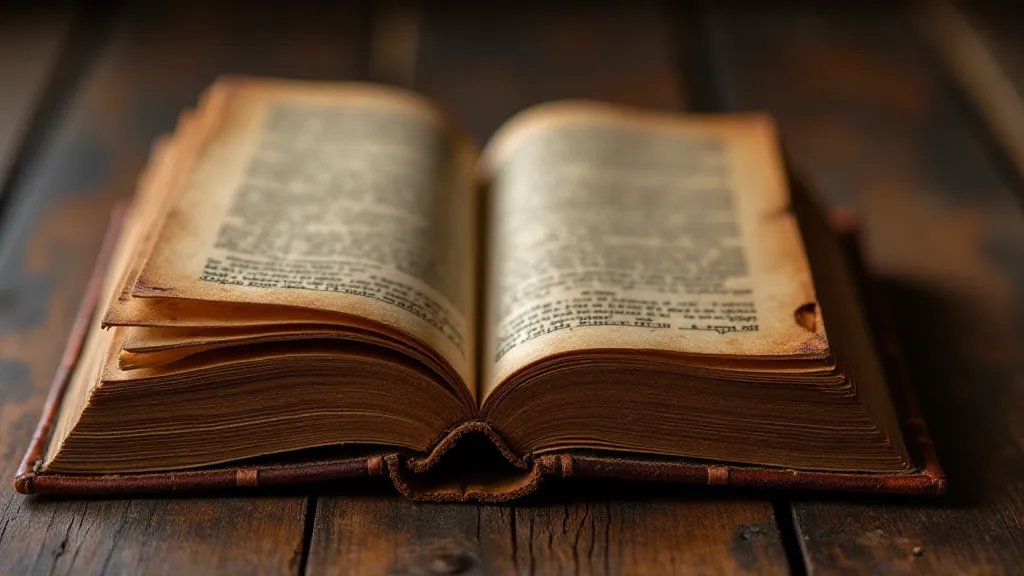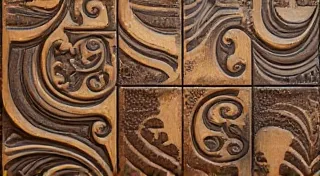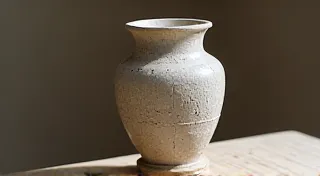The Alchemist’s Touch: Transforming Raw Hide into Lasting Vessels for Words
There’s a particular scent that clings to old leather—a complex aroma of tannin, time, and untold stories. It’s the scent of accordions carefully tucked away in attics, of well-loved journals, of books that have breathed alongside generations. That scent isn’t merely a fragrance; it's an echo of craftsmanship, a testament to the enduring power of a material that began its existence as something much simpler: raw animal hide.
The process of transforming that hide—of softening, preserving, and shaping it—feels, in a profound way, like alchemy. Alchemists sought to transmute base metals into gold, believing they could unlock hidden potential within the mundane. Similarly, the leather binder takes a comparatively humble material and, through a meticulous and deeply skillful process, creates something precious, something lasting—a vessel worthy of holding words, ideas, and memories.
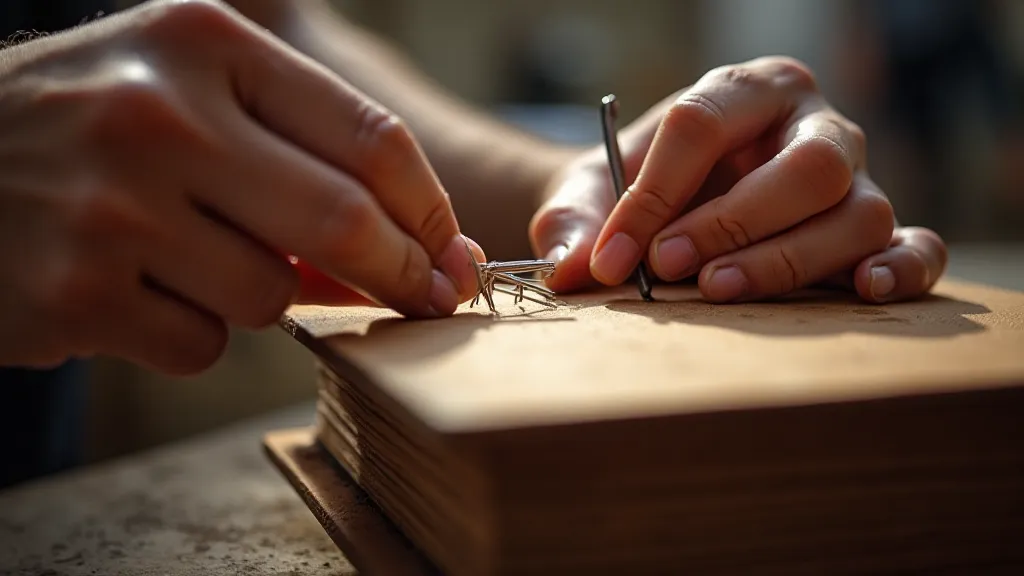
A History Etched in Hide
Leather bookbinding isn’t a modern invention. It stretches back centuries, interwoven with the history of writing itself. Early codices, the precursors to modern books, were often bound in leather – a practical choice offering both durability and protection. The Romans were renowned for their leatherwork, and their techniques influenced subsequent generations. Medieval monasteries preserved ancient knowledge, and the skill of leather binding was a vital component of their efforts. Consider the illuminated manuscripts of the era—the vibrant colors and intricate details, carefully guarded within sturdy leather covers. The quality of the leather reflected the value placed upon the words it protected.
Over time, different cultures developed their own distinct methods and aesthetics. Islamic bookbinders employed intricate tooling and blind stamping, creating patterns of breathtaking beauty. In Europe, elaborate bindings with gold leaf and precious jewels became status symbols for wealthy patrons. Even the choice of leather—calfskin, goatskin, sheepskin, morocco, and Russia leather—signified a difference in quality and cost, influencing the overall presentation of the book. The selection of materials was paramount; understanding the properties of different leather types directly impacted the book’s longevity and aesthetic appeal. The process of choosing the correct leather can be complex. For those seeking to add decorative corner reinforcements, a deep understanding of these material choices is crucial—a process explored in greater detail in Adventures in Endbandwerk: Mastering Decorative Leather Corner Reinforcements. Those wishing to delve deeper into the essential tools used in this process might find the bookbinder’s toolkit a useful resource.
The Fundamentals of Leather Stitching
While advanced techniques can be demanding, the core principles of leather stitching are surprisingly accessible. It's about understanding the material and respecting its properties. Leather isn’t uniform; it varies in thickness, grain, and flexibility. Selecting the right leather is the first crucial step. Thicker leather is generally used for covers, while thinner leathers are better suited for spine linings and endpapers.
The tools themselves are relatively straightforward: needles (a range of sizes, from fine to stout), waxed linen thread, an awl for creating holes, bone folders (for creasing and smoothing), and a mallet. The stitch pattern is also key. The kettle stitch, for example, is a strong and visually appealing option widely used in historical bookbinding. The link stitch provides a very secure and flexible binding. Experimentation is encouraged, but always prioritize strength and longevity.
Waxed linen thread is vital. The wax helps the thread glide through the leather, reducing friction and preventing breakage. The thread’s strength ensures that the binding can withstand years of handling. The act of stitching itself is almost meditative – a slow, deliberate process requiring focus and precision.
The Parchment Paper Guide: A Supporting Role
While leather takes center stage, parchment paper – and its modern equivalents like Japanese tissue – play a crucial supporting role. These thin, delicate sheets are used to protect the text block, preventing the leather from directly touching the pages. They act as a buffer, absorbing moisture and reducing wear. They are carefully laid between the leather and the text block during the sewing process, ensuring a clean and professional finish. They offer a subtle barrier, preserving the integrity of the book’s pages for years to come.
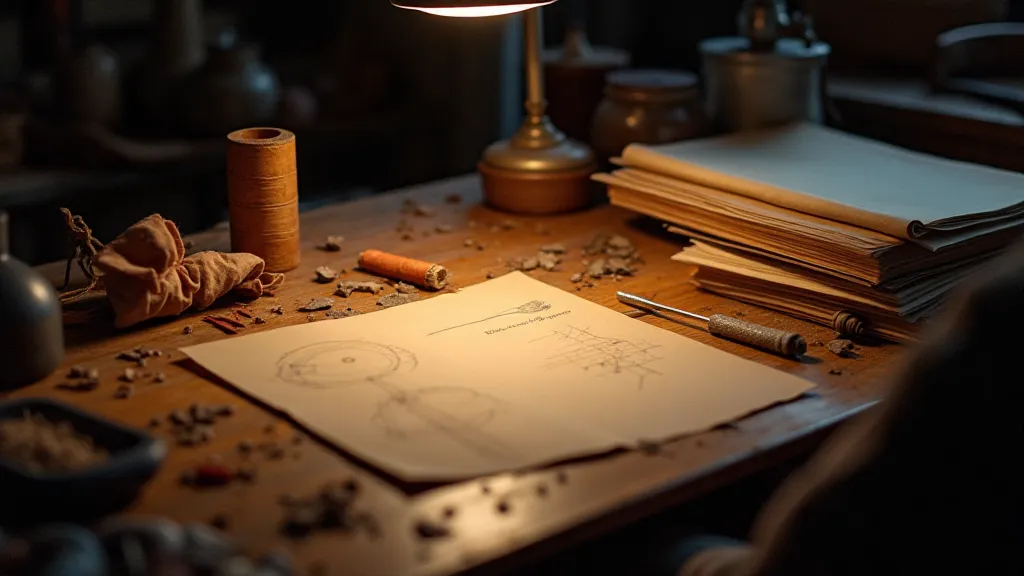
Restoration & Collecting: A Deeper Appreciation
The allure of antique leather-bound books goes beyond their aesthetic beauty. They represent a connection to the past – a tangible link to the hands that crafted them and the minds that they contained. Restoring a damaged antique binding is a labor of love, a chance to breathe new life into a piece of history. It requires a delicate touch, a deep understanding of materials, and a respect for the original craftsman's intent. The subtle nuances of coloration and dye techniques employed over centuries add to the mystery and intrigue of antique bindings. For those seeking to better appreciate the range of techniques used to achieve these stunning results, a closer look at the bookbinder’s palette reveals the spectrum of natural dyes and traditional coloration methods.
For collectors, each book tells a story – a story of provenance, binding style, and historical significance. Recognizing the different leather types, identifying tooling marks, and understanding binding techniques become essential skills. A book’s leather binding can provide invaluable clues about its age, origin, and value. The choice of paper itself plays a huge role in how a book ages and endures, a topic worthy of further investigation. The longevity and stability of the paper used alongside the leather profoundly affects the book's overall lifespan, a relationship often underestimated by casual observers. Understanding how paper characteristics interact with the binding materials is a crucial element in preservation and appreciation.
Binding the Leather Spine: A Delicate Art
The spine of a book is its backbone, both literally and figuratively. Binding the leather spine requires particular attention to detail. The leather must be carefully measured and cut, accounting for the thickness of the text block and the spine’s curvature. The spine is then folded and prepared for stitching. Accurate hole placement is critical—too close to the edge and the binding will be weak; too far apart and the spine will sag.
Once the spine is stitched, the leather is carefully adhered to the spine using a flexible adhesive. The edges of the spine are then trimmed and finished, creating a clean and professional appearance. The entire process demands precision and a keen eye for detail.
The Importance of Paper and its Impact on Binding Durability
Beyond the beautiful leather exterior, the very paper upon which the words are printed plays a crucial, often overlooked, role in the book's longevity. Different paper types possess varying degrees of strength, acidity, and susceptibility to degradation. The interaction between the paper and the leather binding can significantly affect the overall lifespan of the book. Acidic paper, for example, can accelerate the deterioration of the leather, leading to a cascade of issues. Choosing high-quality, archival paper is an investment in the book's future, ensuring that its contents remain accessible for generations to come. The characteristics of paper and its effect on binding durability warrants further consideration; understanding this relationship is vital for both conservators and avid collectors. Exploring the weight of paper provides a detailed look at this critical aspect of book preservation.
The impact of paper acidity on leather is undeniable. Acids released from the paper can migrate into the leather, causing it to dry out, become brittle, and eventually crack. This process significantly reduces the book's lifespan and compromises its value. Therefore, choosing paper with a neutral pH and high lignin content is essential for preserving the leather binding. Conservation efforts often involve deacidifying both the paper and the leather to mitigate the effects of acid damage and extend the book's longevity.
The Enduring Legacy
The art of leather stitching for bookbinding is more than just a craft; it’s a tradition—a testament to human ingenuity and a connection to our past. It’s a process of transformation—taking something raw and unassuming and turning it into something beautiful, durable, and enduring. Like the alchemist seeking to unlock hidden potential, the leather binder reveals the inherent value within a humble material, creating vessels worthy of preserving and sharing the stories that shape our world. The scent of old leather—the whisper of the stitches—they are a reminder that some things are truly timeless.
